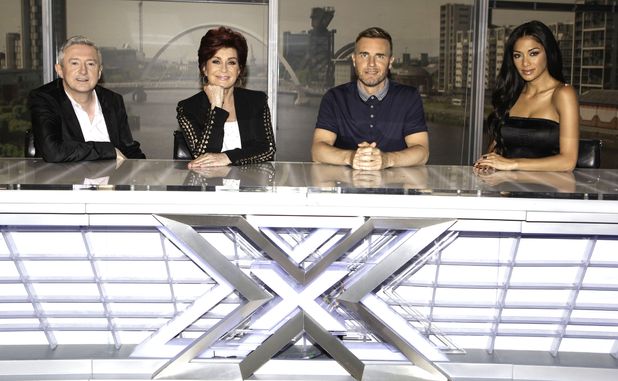We're The Millers
1) A start of equilibrium
The protagonist David Clark is introduced to us as a successful drug dealer who shares and apartment block with stripper Rose and lonely teen Kenny.
2) The disruption of that order / 3) The recognition that the order has been disrupted
David Clark is mugged of all his drugs and money, meaning he owes his supplier lots of money. As a chance to redeem himself Clark is forced to embark on a drug smuggling journey to Mexico. In order to go incognito Clark hires his neighbours Rose and Kenny, and a local tearaway he meets on the street, Casey, to act as his family.

This is the first disruption. Once this plan has been figured out, this creates the new equilibrium for the time being, until David realises he has been tricked by his supplier and is now wanted by a notorious drugs criminal. They also run into, and end up spending a lot of time with, a drugs police officer and his family which causes difficulties too.

4) An attempt to repair that damage
The fake family fight off Pablo Chacon and escape, and also get out of sight of the family they met on the way. David Clark creates a plan and talks to his supplier, and the family begin heading back to the United States with the drugs. They seem to have defeated the 'villains'.
5) A state of new equilibrium
David Clark teams up with the police officer he met on his trip and together they hatch a plan and arrest the drug supplier, played by Ed Helms. The 'Miller' family must then go into witness protection and they all live together as another fake family, in the suburbs.













